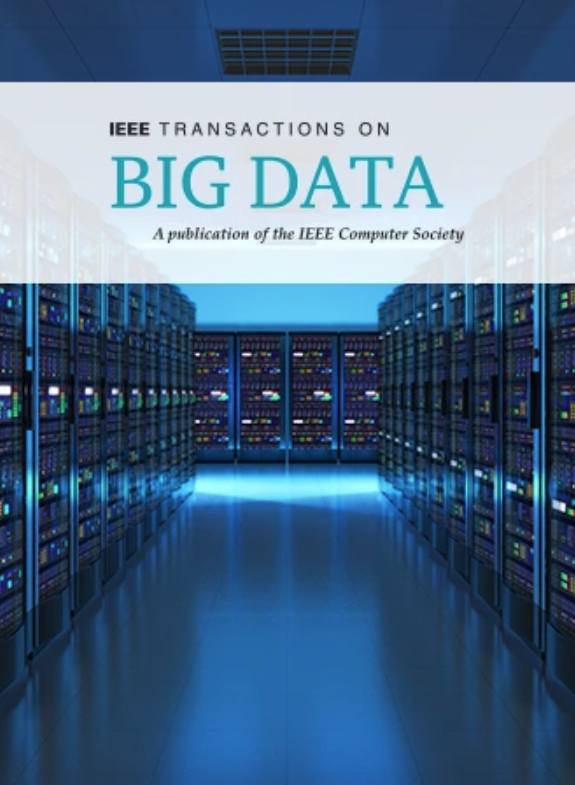Efficient Learning for Billion-Scale Heterogeneous Information Networks
IF 7.5
3区 计算机科学
Q1 COMPUTER SCIENCE, INFORMATION SYSTEMS
引用次数: 0
Abstract
Heterogeneous graph neural networks (HGNNs) excel at understanding heterogeneous information networks (HINs) and have demonstrated state-of-the-art performance across numerous tasks. However, previous works tend to study small datasets, which deviate significantly from real-world scenarios. More specifically, their heterogeneous message passing results in substantial memory and time overheads, as it requires aggregating heterogeneous neighbor features multiple times. To address this, we propose an Efficient Heterogeneous Graph Neural Network (EHGNN) that leverages heterogeneous personalized PageRank (HPPR) to preserve the influence between all nodes, then approximates message passing and selectively loads neighbor information for one aggregation, significantly reducing memory and time usage. In addition, we employ some lightweight techniques to ensure the performance of EHGNN. Evaluations on various HIN benchmarks in node classification and link prediction tasks unequivocally establish the superiority of EHGNN, surpassing the State-of-the-Art by 11十亿规模异构信息网络的高效学习
异构图神经网络(hgnn)擅长理解异构信息网络(HINs),并在许多任务中展示了最先进的性能。然而,以前的工作倾向于研究小数据集,这些数据集与现实世界的场景有很大的偏差。更具体地说,它们的异构消息传递会导致大量的内存和时间开销,因为它需要多次聚合异构邻居特性。为了解决这个问题,我们提出了一种高效异构图神经网络(EHGNN),它利用异构个性化PageRank (HPPR)来保持所有节点之间的影响,然后近似消息传递并选择性地为一个聚合加载邻居信息,从而显着减少内存和时间使用。此外,我们还采用了一些轻量级技术来保证EHGNN的性能。在节点分类和链路预测任务中对各种HIN基准的评估明确确立了EHGNN的优势,在性能方面超过了最先进的11%。此外,EHGNN在使用更少内存的情况下,在训练和推理速度上实现了400%的显著提升。值得注意的是,EHGNN可以在一台机器上在18小时内处理2亿个节点、10亿个链接的HIN,仅使用170 GB内存,远低于之前600 GB的最低要求。
本文章由计算机程序翻译,如有差异,请以英文原文为准。
求助全文
约1分钟内获得全文
求助全文
来源期刊

IEEE Transactions on Big Data
Multiple-
CiteScore
11.80
自引率
2.80%
发文量
114
期刊介绍:
The IEEE Transactions on Big Data publishes peer-reviewed articles focusing on big data. These articles present innovative research ideas and application results across disciplines, including novel theories, algorithms, and applications. Research areas cover a wide range, such as big data analytics, visualization, curation, management, semantics, infrastructure, standards, performance analysis, intelligence extraction, scientific discovery, security, privacy, and legal issues specific to big data. The journal also prioritizes applications of big data in fields generating massive datasets.
 求助内容:
求助内容: 应助结果提醒方式:
应助结果提醒方式:


